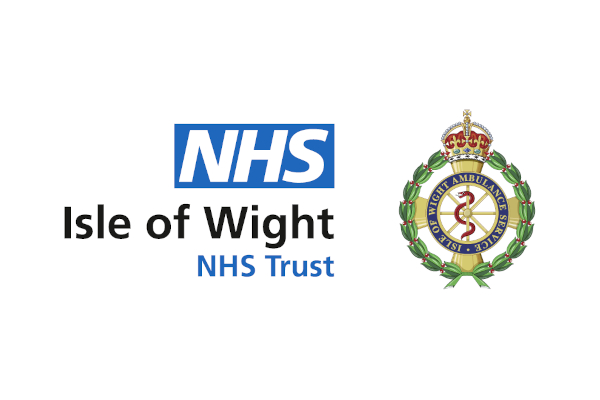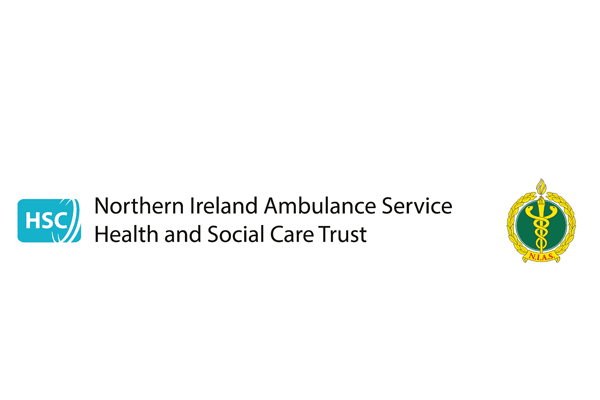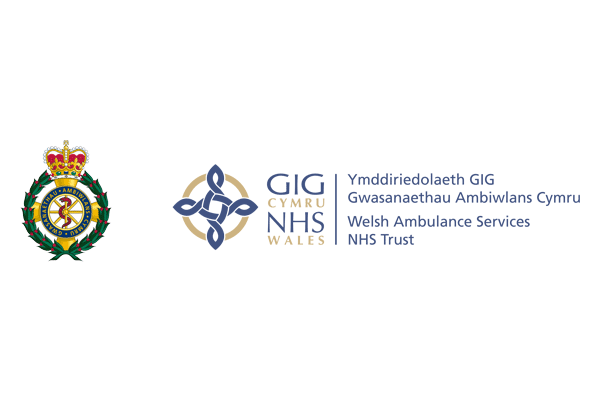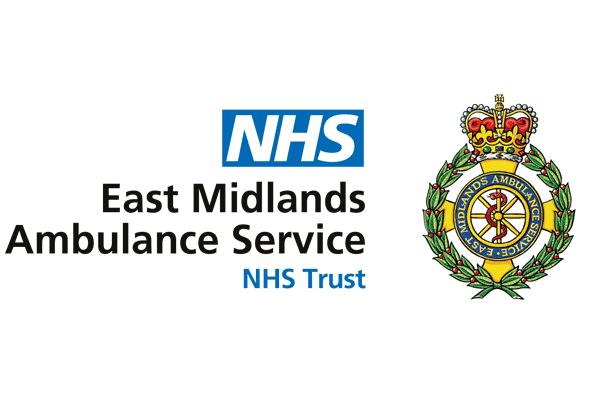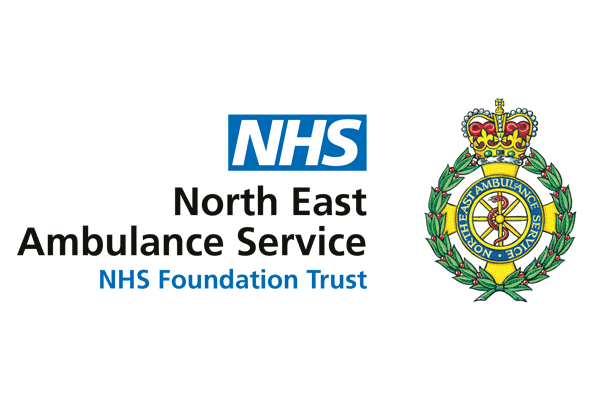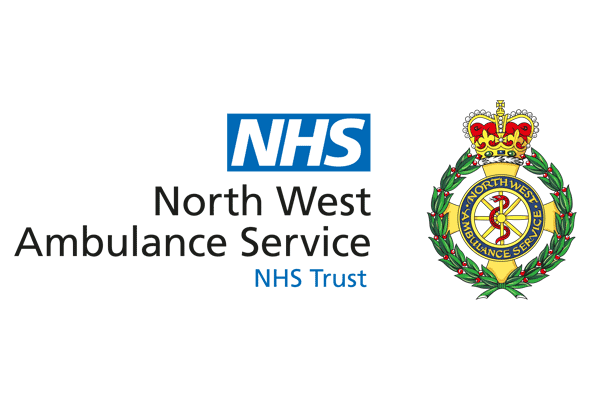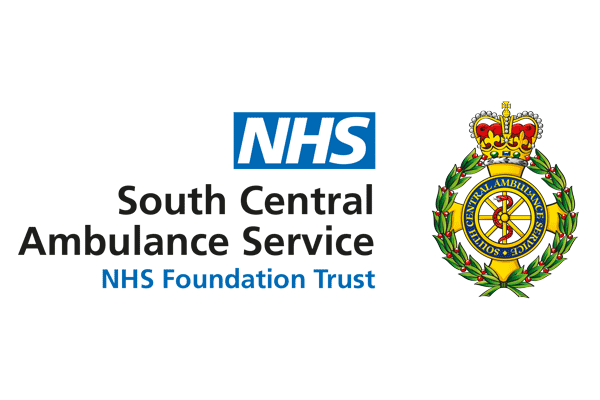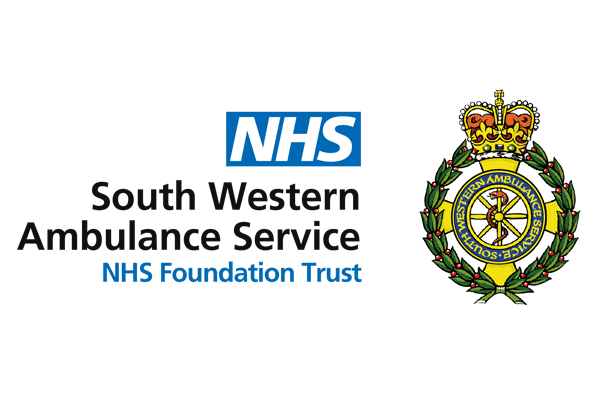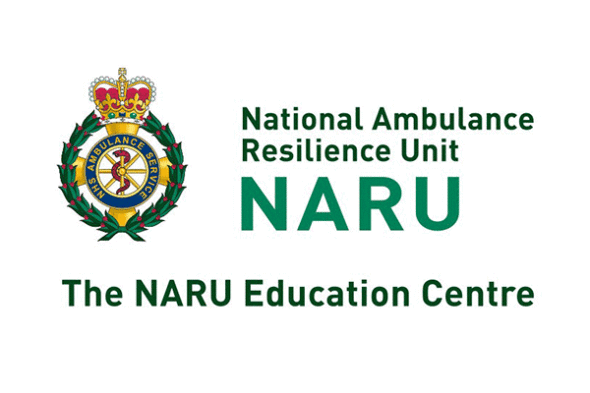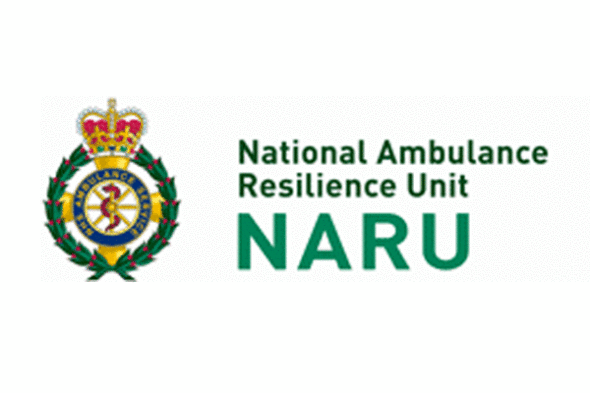 The Association of Ambulance Chief Executives (AACE) has today welcomed NHS England’s decision to expand the pilot scheme designed to reduce wasted ambulance journeys and improve the quality of care for all patients.
The Association of Ambulance Chief Executives (AACE) has today welcomed NHS England’s decision to expand the pilot scheme designed to reduce wasted ambulance journeys and improve the quality of care for all patients.
The pilot has taken place at South West Ambulance Service NHS Foundation Trust since February 2015 and the results have been encouraging, with the proportion of calls resolved over the telephone increased, resulting in more ambulances and staff available to deal with genuinely urgent calls.
The pilot gives trained 999 call handlers up to 120 seconds longer to get all the information they need from a person making a non-life threatening 999 call before deciding on the right response.
For the most serious calls, where every second counts, ambulances continue to be dispatched immediately, whilst a number of conditions have been upgraded from ‘Red 2’ to ‘Red 1’ to receive an even faster response, with no conditions moved in the other direction to a lower priority classification.
New pilots at other ambulance services will help NHS England better understand how to update and amend ambulance response time standards and a recommendation will be made by NHS England’s National Medical Director Sir Bruce Keogh by autumn 2016.
Managing Director of the Association of Ambulance Chief Executives Martin Flaherty OBE said:
We welcome the expansion of this pilot scheme which has already shown encouraging signs. The ambulance service can become even better placed to provide all categories of patients with the right level of care so that patients get the best possible treatment and care, potentially saving more lives in the process.
We have made it clear in the past, that sending an eight minute first response to many thousands of patients who don’t clinically require it is very resource intensive and usually involves sending more than one vehicle. This level of over-response can be safely reduced to free up ambulances and staff to reduce waiting times and offer a better service for our other patients.
Another benefit is the positive effect this change could have on ambulance staff, who may be less frustrated by not constantly having to embark on a case before being stood down and diverted to other emergencies.”
AACE estimates that about half of those patients currently receiving a response in eight minutes (and often involving sending two vehicles) could safely be managed within the existing 19 minute standard. The ambulances saved will be used to improve the service provided to other patients with less serious emergencies who sometimes have to wait longer.

